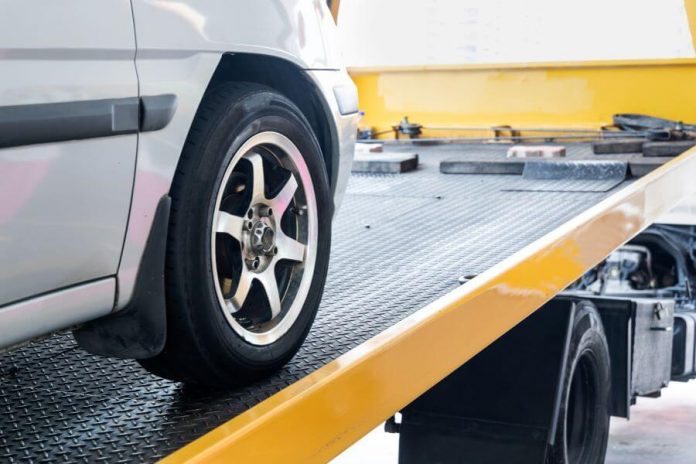The automotive supply chain is complex, often spanning the globe and involving various suppliers and manufacturers, from the raw materials to final production. So, it’s imperative that robust automotive logistics solutions are incorporated into the supply chain, in order to overcome the potential challenges that can arise. Read these solutions to some of the common issues that can occur in automotive logistics.
Improve supply chain visibility
Vehicles are manufactured with many different parts, which means there will be many different branches to the automotive supply chain. The delay of delivery of even a single part will likely have a knock-on effect that results in delays in the entire production line.
It’s, therefore, vital that managers have visibility of the full supply chain, so each and every part can be accounted for. With better supply chain visibility, plans can be made to avoid a buildup of inventory and also to make contingencies for when there is high demand for a part.
A centralised tracking and communication system for all parts involved in the supply chain is the best solution to improve visibility. Having one system will streamline the tracking process, and using advanced technology to track items can give real-time location, making it easier to plan ahead. AI and predictive analytics can also be utilised to project supply and demand requirements, so plans can be made accordingly.

Save fuel costs with electric vehicles
The rise in fossil fuel costs has been an issue across all logistics, including in the automotive supply chain. This is why we have seen a shift to electric vehicles, with logistics companies investing in EV fleets to improve cost efficiencies.
Of course, this move to electric vehicles is not without its own challenges. Supply chain routes may need to be analysed to ensure they are taking the fastest route, and not every route may be appropriate for an EV. However, this could be an opportunity to optimise routes and vehicles, ensuring the right type of vehicle is being used for the right route.
To successfully operate an EV fleet, investment in the right infrastructure is required. This means charging stations at depots and regular maintenance to ensure vehicles are working at maximum capacity. Even so, the automotive supply chain could still benefit from EVs, with regular maintenance costs also typically being lower than for internal combustion engine vehicles.
Optimise inventory with Just-in Time delivery
With Just-in-Time (JIT) delivery, parts are delivered precisely when they are required – not before and not after. This means that no space is wasted for storage and no time is wasted waiting for supplies. Connected to Toyota’s “lean manufacturing” processes, JIT delivery helps to minimise wasted resources and maximise efficiency in the automotive supply chain.
JIT delivery requires thorough coordination between manufacturers and suppliers. The use of technology is paramount for successful JIT delivery, such as real-time tracking and reliable transportation infrastructure. This type of process can be risky, as mistimed deliveries will cause disruption – but when it’s done correctly, the rewards are high.
Effective risk management
There are a number of external factors that can affect the automotive supply chain. This can range from political manoeuvres that have prompted a shift away from solely internal combustion engines and towards EV and hybrid vehicles, as well as environmental matters and economic factors. Consumer activity can shift and change, with trends disrupted without warning.
To ensure minimal disruption to the supply chain, the solution will be to engage in effective risk management. Managers will need to extensively identify potential risks and ensure rigorous contingency plans are in place to reduce delays and disturbances. Risk mitigation should include all members of the supply chain, including raw material suppliers to manufacturers, to final delivery logistics.
Rigorous quality control
There have been numerous instances of car manufacturers having to issue recalls due to failures, often stemming from just one part. This adds another level of complications to the automotive supply chain, with reverse logistics required to rectify the issue. In addition, recalls can harm a brand’s reputation, as well as result in waste.
The solution, which is connected to the supply chain visibility, is to ensure suppliers have rigorous quality control in place. Internal audits and checks should be regularly conducted, especially around critical parts and processes. External audits should also be carried out on suppliers and manufacturers, to ensure that standards are being kept. It’s vital that batch control and tracking is implemented so that if an issue does arise, the source can be identified, and recalls kept to a minimum.









































